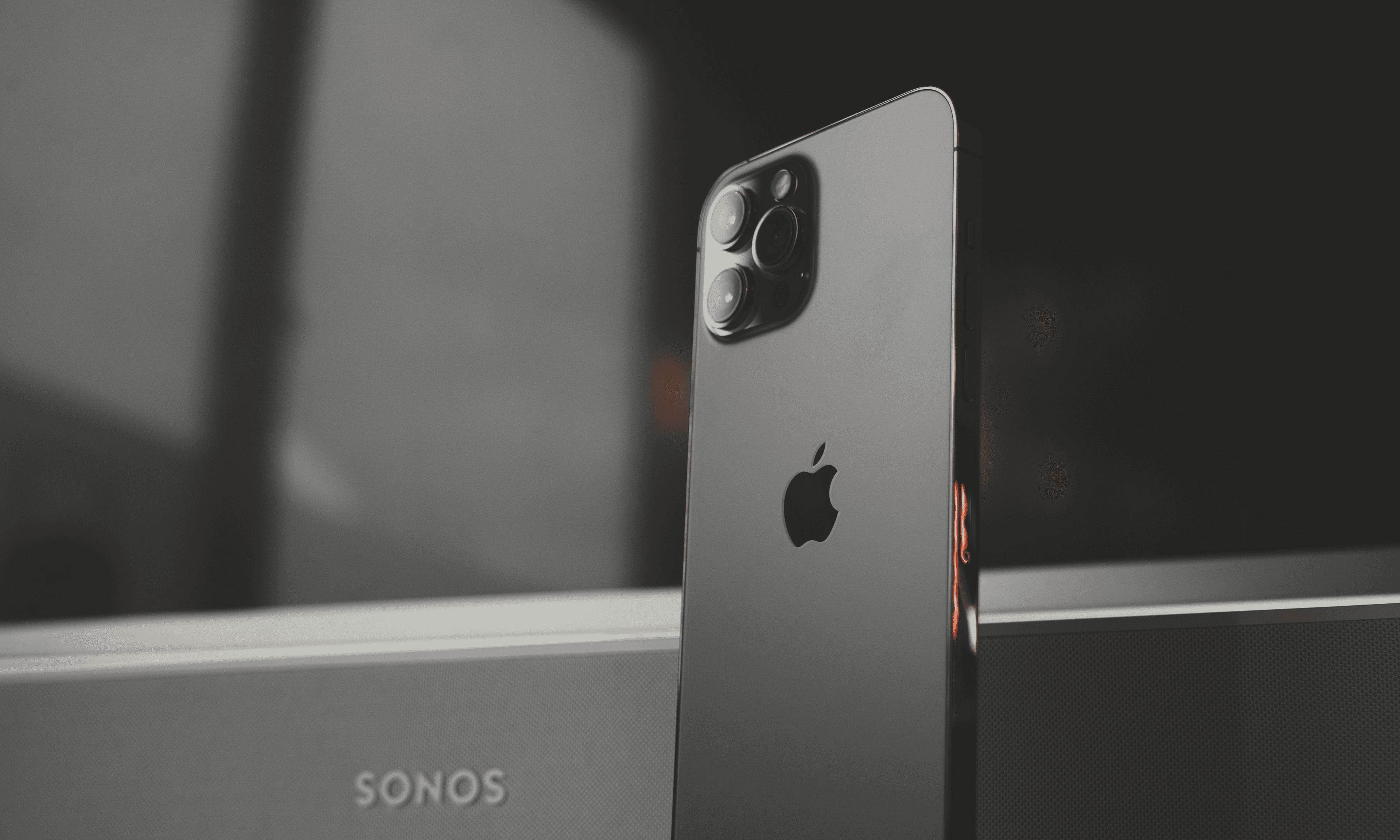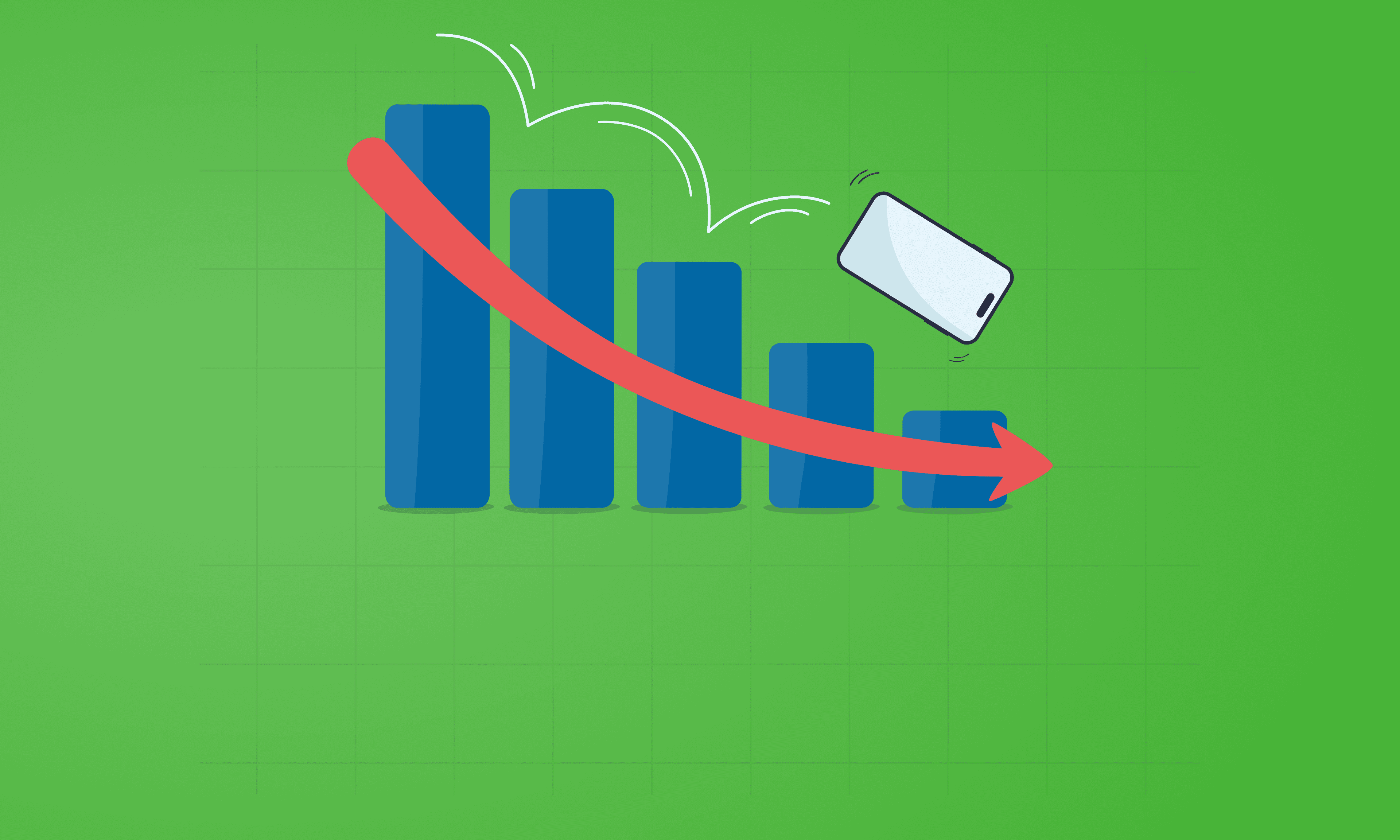
You will have seen a lot more phones launching with new flavours of Android that you won’t be familiar with, with many reviewers explaining that they are ‘near stock Android’. But what is stock Android? And how are these close to it?
There are differences in the way that smartphone makers use Google’s open source software, and how they release software and security updates. In this article, we will be explaining how the processes work.
When you buy a phone from Google, you will be supplied with ‘Stock Android’, which is the purest form of Android as whenever Google updates any of its source code, or carries out any security updates, they will send updates to your device directly.
Stock Android will have the necessities from Google and won’t have too many pre-installed apps. It also generally offers more customisation options than the generally well locked up non-stock. There is a lot to like about Stock Android, except that you have to buy one of the premium Google devices to get the best out of it, to get the quickest updates and have access to the best apps.
Android One was originally released in 2014 for phone manufacturers launching in India, targeting low end devices. However, companies that don’t have the competencies yet to make their own UI have turned to Android One as a licenced option to be released at mid-range, or upper budget, devices.
This means that Google have the responsibility of pushing software and security updates to the device which can often mean that devices running the Android One programme get updated as quick as, or very soon after, updates are released to their Stock Android devices. The Android One programme also promises several updates over the lifetime of the phone, which they class as a maximum of 3 years, with at least one Android version upgrade (although we would really like to see them supporting devices for a longer length of time).
Although Android One was a clean and bloat-free design, unfortunately it no longer exists. Despite it allowing manufacturers of Android phones to use nearly stock Android software, for a fraction of the cost, it failed due to restrictions imposed by Google. This likely seemed too much of a headache for manufacturers and therefore died out prematurely.
Android Go is another programme from Google that targets emerging markets in India and Africa by providing low cost devices with a lighter version of Android. It comes with just nine pre-installed apps that make better use of budget devices’ storage.
Here in the UK, we probably don’t need to go as far as recommending Android Go devices as we aren’t exactly the target market for Google’s ‘building for billions’ developer guidelines that give advice to challenges such as intermittent internet, low specs and limited charging opportunities.
If you do choose an Android Go device, you aren’t as likely to receive the updates as regularly as the stock and One programmes, as it’s the responsibility of the phone manufacturer to distribute updates. The device will have limited functions with the special “Go” apps, and some applications may not even be able to be installed on the device. All of these things are worth considering before you purchase one of the cheaper smartphones.
The latest version of Android is the Android 15, released October 15th 2024, offers an array of new and improved features and we've included some below just to name a few:
✅Strengthened privacy and safety tools
✅Clearer volume controls along with quick access to bluetooth devices
✅Enhanced multitasking feautures
✅The ability to archive apps to free up space without losing data.
What traditionally happens with some of the big players using Android is that Google publishes the source code for the latest version of Android as part of its Android Open Source Project (AOSP). From this, any person or company can take that code and build their own custom software around it for their own smartphone. For example, applications like Maps, Google Play Services and YouTube, are not part of this and although manufacturers like Huawei and Xiaomi use AOSP for the base level of Android, they need certification to use these apps.
You will likely be more familiar with the Samsung variation of Android which they call Samsung One UI which is more heavily laden with pre-installed applications. This can sometimes prevent you from uninstalling unwanted or unnecessary apps. Nonetheless, many smartphone users favour Samsung over the Stock Android so each to their own.


The iPhone used to define innovation. So why does every new model now feel the same? Discover why Apple’s innovation story may be running out of pages.

We’ve looked at our own trade-in price data for Apple, Samsung, and Google flagships and foldables - the most popular trio of phone brands - to determine how fast their phones depreciate, and which ones are the worst and the best at holding their value over the first and second year on the market.
With Pixels becoming a decent contender for your upgrade choice, we’ve crunched the numbers to reveal depreciation patterns of Google Pixel phones.